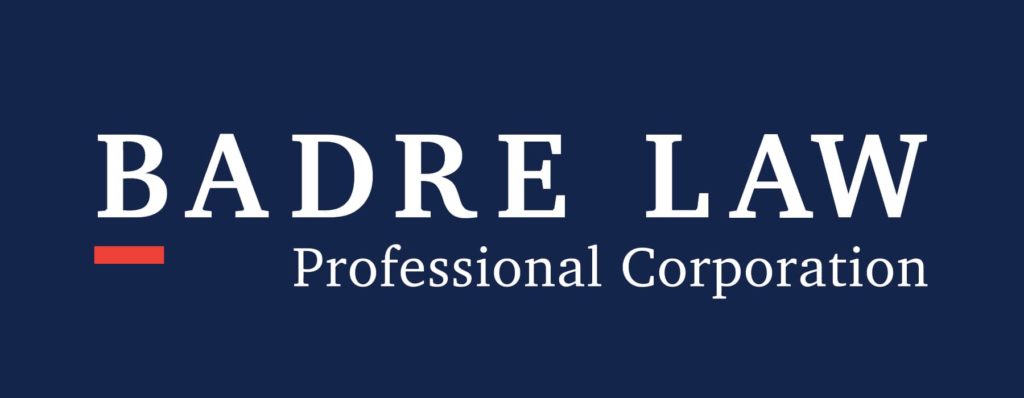Have you ever wondered how evidence is presented and challenged in a courtroom, whether or not the witness is credible or a person authorized to testify? The complex world of legal proceedings can be confusing and overwhelming, especially when it comes to an understanding of the different types of evidence, or her own evidence, or her liability at stake when a such person or her own witness can be liable and how they can be used in court. The Ontario Evidence Act is a crucial piece of legislation that guides the admissibility and use of evidence in legal matters within the province.
This article will delve into the various types ofevidence rule with the same force or not, the rules for presenting and challenging them, and essential courtroom tactics that can make or break a case.
In addition, whether you’re a legal professional or a curious member of the general public, understanding the intricacies of the Ontario Evidence Act will provide valuable insight into justice.
What is the Ontario Evidence Act?
The Act is a provincial statute in Ontario, Canada, that governs the admissibility, use, and handling of a civil proceeding. The Act sets out the rules and guidelines for determining what types of evidence are admissible in court and the procedures and requirements for presenting and challenging evidence.
These things cover and examine evidence such as documentaries, testimonials, and physicals and help government departments deal with evidence so public a nature. It also addresses issues related to witness testimony, expert evidence, and the legal privileges that may protect in such manner that certain communications from being disclosed in court.
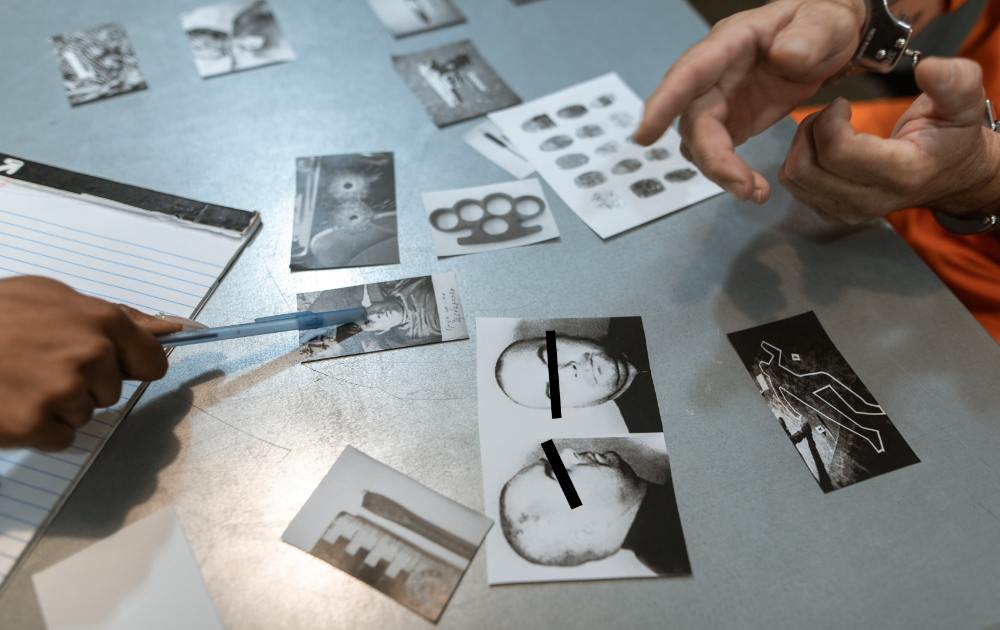
In essence, this Act provides a framework to ensure that the evidence presented in legal proceedings is relevant, reliable, and fair, promoting the proper administration of justice in the province.
Types of Evidence under The Ontario Evidence Act
Documentary Evidence
Documentary evidence refers to any written or recorded material, official or public document, in the ordinary course of business to support or refute a claim in a legal case. The ordinary course of business includes a wide range of documents, such as contracts, letters, emails, photographs, and video recordings.
Documentary evidence must be relevant to the case, and they must establish its authenticity to be admissible. Additionally, one must not exclude it due to any legal privilege, such as solicitor-client or spousal privilege. If the document is a copy, it must be proven to be a true and accurate representation of the original document.
Testimonial Evidence
Testimonial evidence is any information provided by witnesses or persons entitled to an opposite or interested party during a trial or hearing. Such evidence can be oral testimony, written statements, or affidavits. Such evidence is essential in establishing facts and providing the court with a firsthand account of events.
One can look at the contradictory written statements by the person referred or any matters whatsoever concerning business records or any evidence capable of producing reasonable notice or providing the best evidence rule to any party at the usual form and at all material times.
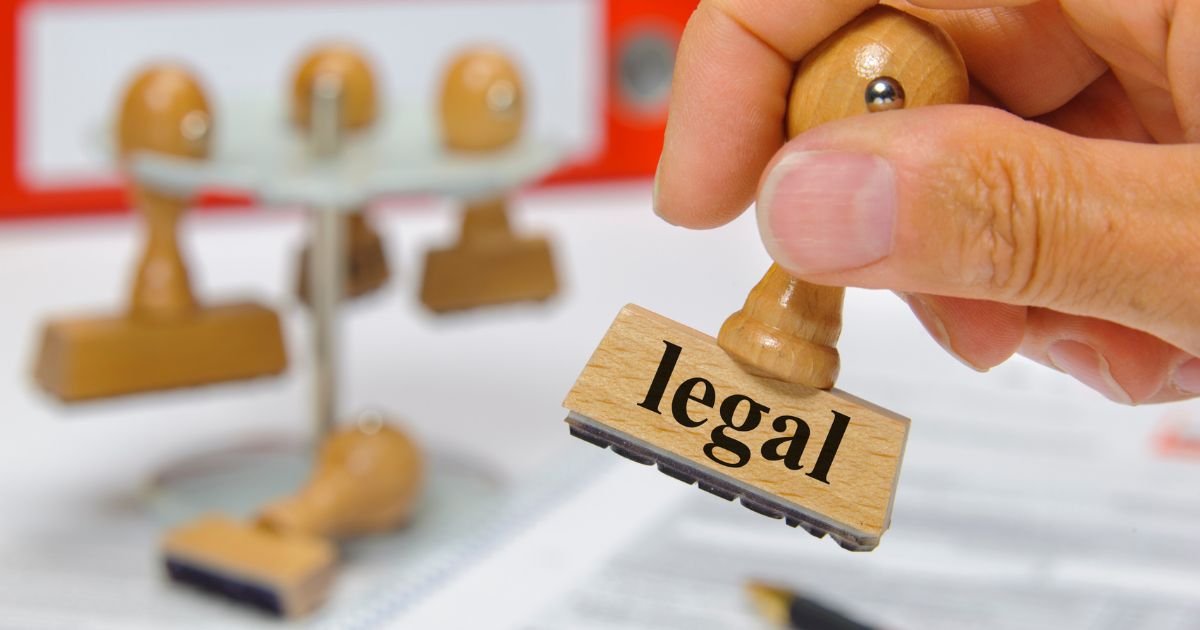
Such witnesses must be competent and credible. A witness’s competence can be affected by age, mental capacity, and understanding of the duty to tell the truth. Credibility relies on the witness’s ability to recall events accurately, their overall demeanour, and any potential biases or motives they may have.
Physical Evidence
The “physical evidence”, also known as real or tangible, refers to any material object connected to a case, such as a weapon, clothing, or even a fingerprint. Physical and other material evidence can be crucial in proving or disproving key aspects of a case.
It must be relevant and have a proper chain of custody to be admissible in evidence. That means that from the moment the evidence is collected, documentation from handling, storage, and transportation must be proper to ensure that it has not been tampered with or compromised.
It can be previous statements or a permanent record thereof of any judicial notice. The opposite or interested party or any person presiding must be fair in deciding admissibility notwithstanding interest in the case.
Such parties must always be fair in such proceedings and can decide relatively on other reasonable grounds for such proof is essential in such proceedings, and any handwriting or official position must, in the same manner, be dealt with fairly.
Such parties must always be fair in such proceedings, and can decide fairly on other reasonable grounds for such proof is essential in such proceedings.
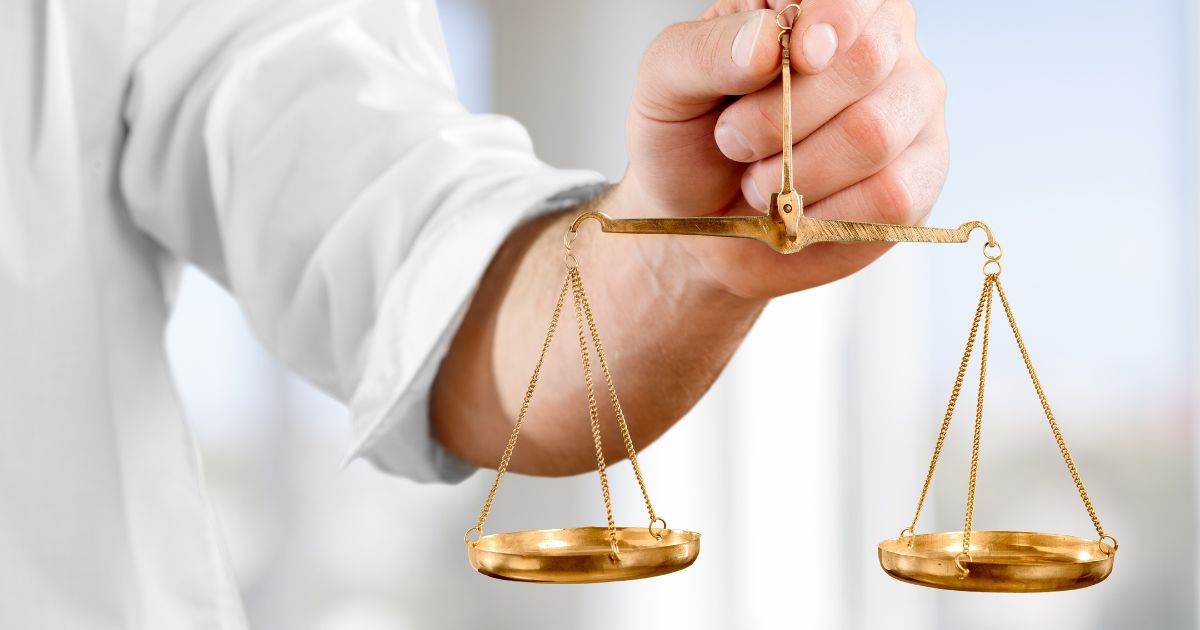
Rules for Presenting Evidence According to the Ontario Evidence Act
Ontario Evidence Act Rule: Direct Examination
Direct examination is the process by which a lawyer questions their own witness during a trial or hearing. This stage is critical in presenting a coherent narrative of the case and establishing the witness’s credibility.
Through this, they can weed out incapable persons. Such witness, or any person seeking to perjure others through specific written instruments or other evidence, can be held liable through other proceedings; such person can be held liable by such party or other party through direct examination, using such statute such as this.
During direct examination, the lawyer must abide by specific rules and limitations. Leading questions—those that suggest an answer—are generally not allowed, as they can influence the witness’s response.
If a witness is deemed an expert in a particular field, they may provide opinion evidence within the scope of their expertise. However, the opposing counsel may object to such an Act of questioning on various grounds, such as relevance or hearsay.
Ontario Evidence Act Rule: Cross-Examination
Cross-examination is when a lawyer questions the adverse party, the opposing party’s witness, to challenge their testimony and credibility. This stage is crucial in exposing any inconsistencies, biases, or weaknesses in the witness’s account on a particular occasion and looking at contradictory oral statements in present testimony or previous oral statements in the same proceeding or the past ones.
During cross-examination, a lawyer is generally permitted to ask leading questions to elicit specific responses or contradictions.
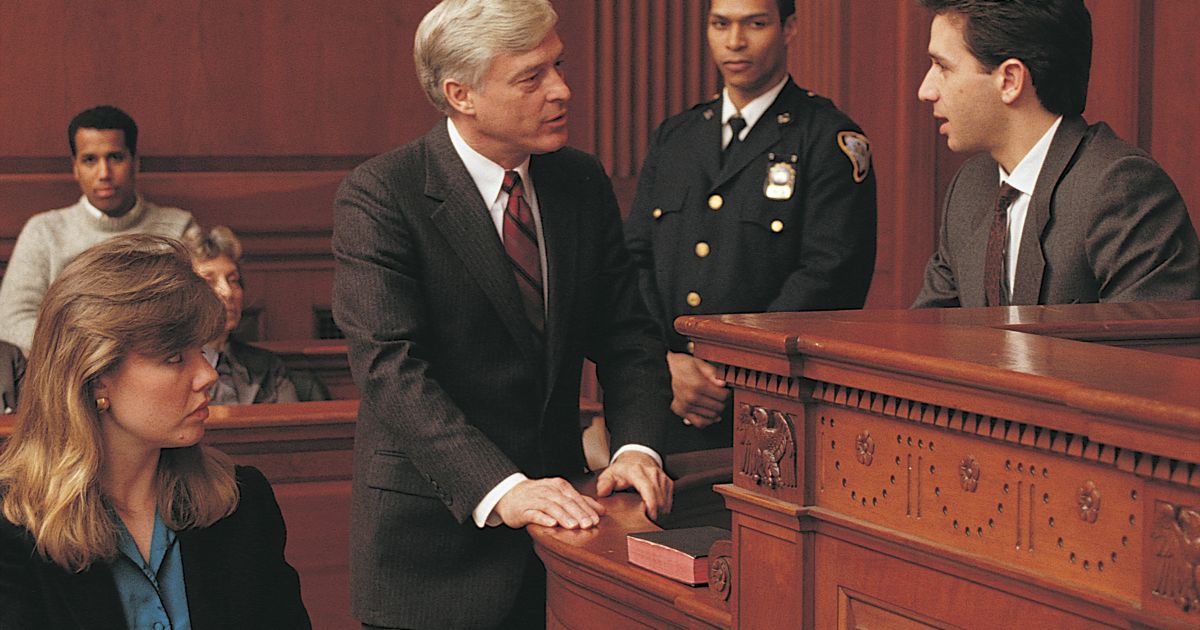
One of the primary goals of cross-examination is to impeach a witness, which means to discredit or undermine their credibility. That is possible through various techniques, such as highlighting inconsistencies between their testimony and prior statements, exposing biases or motives, or questioning their ability to perceive or recall events accurately.
Challenging Evidence in Court
Motions to Exclude Evidence
In some cases, a party may wish to exclude evidence that they believe is inadmissible or prejudicial to their case. To do this, they can file a motion to exclude—a formal request to the judge to remove specific evidence from consideration.
There are several grounds for excluding evidence, including:
Irrelevance: The evidence does not have any bearing on the facts of the case.
Hearsay: The evidence consists of an out-of-court statement that offers to prove the truth of the matter asserted.
Unreliable or prejudicial: The evidence is deemed more prejudicial than probative, meaning its potential to influence the jury unfairly outweighs its value in proving a fact.
The procedure for filing and arguing motions to exclude evidence typically involves submitting a written motion outlining the reasons for exclusion, along with supporting case law or legal authorities. The opposing party then can respond, and the judge will ultimately decide whether to grant or deny the motion.
Expert Evidence
Expert evidence refers to the testimony or opinion of an individual with specialized knowledge, skill, or experience in a particular field. This type of evidence can be invaluable in helping the court understand complex issues or interpret technical information.
(An expert is one who knows all the matters whatsoever respecting a particular field.)
To be admissible expert evidence must meet specific criteria:
Relevance: The expert’s testimony must be relevant to the issues in the case and necessary to assist the trier of fact.
Qualifications: The expert must be qualified to provide an opinion based on their education, training, or experience.
Methodology: The expert’s opinion must be based on reliable methods and widely accepted principles.
Challenging expert evidence often involves questioning the expert’s qualifications, the reliability of their methodology, or the validity of their conclusions. That can be possible through cross-examination or by presenting contradictory expert testimony.
Courtroom Tactics within the Scope of the Ontario Evidence Act
Courtroom tactics are the strategies and techniques legal professionals use during a trial or hearing to present their case effectively, challenge opposing evidence, and persuade the judge or jury. Under the framework provided by the Ontario Evidence Act, mastering various courtroom tactics can make the difference between winning and losing a case.
Objections
Understanding when and how to raise objections is a crucial courtroom tactic. An objection is a formal protest by a lawyer when they believe the opposing counsel is presenting inadmissible evidence or asking improper questions. Raising well-timed and well-founded objections can prevent the jury or judge from considering prejudicial or irrelevant evidence.
Some common objections include:
Hearsay: The opposing counsel is attempting to introduce an out-of-court statement for the truth of its contents.
Relevance: The evidence or line of questioning does not relate to the issues in the case.
Leading questions: The opposing counsel asks questions that suggest the desired answer during direct examination.
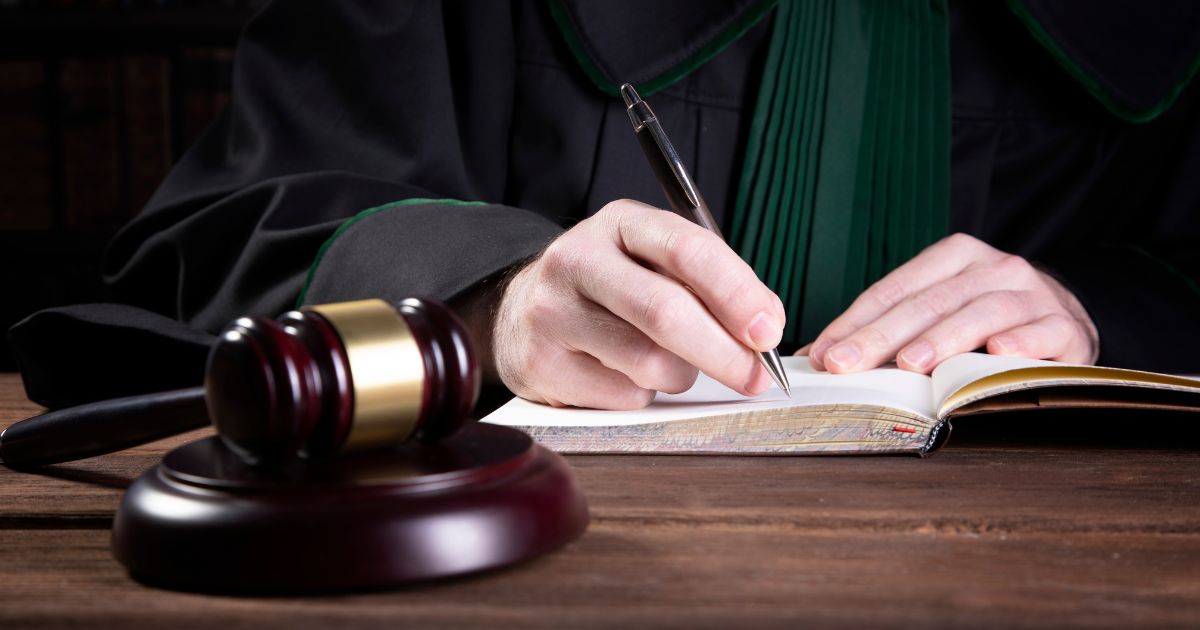
Impeaching Witnesses
As mentioned earlier in this article, impeaching witnesses is a critical courtroom tactic used during cross-examination to discredit or undermine the credibility of the opposing party’s witness. Some techniques for impeaching witnesses include:
Prior inconsistent statements: Demonstrating that the witness has made previous statements contradicting their current testimony.
Bias or motive: Showing that the witness has a personal interest, bias, or motive that could affect their testimony.
Character evidence: Introducing evidence of a witness’s poor character or reputation for dishonesty, but only when it is relevant to the case.
Presenting Expert Evidence
The presentation of expert evidence can be a powerful courtroom tactic when navigating the Act. Effective use of expert witnesses involves:
Carefully selecting qualified experts whose opinions will support the party’s case.
Ensuring the expert’s opinion is according to reliable methods and principles.
The expert’s testimony must be clear and persuasive, highlighting its relevance and importance to the case.
On the other hand, challenging the opposing party’s expert evidence can involve questioning the expert’s qualifications, the reliability of their methodology, or the validity of their conclusions during cross-examination.
Closing Arguments
Closing arguments serve as the final opportunity for each party to persuade the judge or jury in their favor. A compelling closing argument should:
Summarize the critical evidence presented during the trial, emphasizing how it supports the party’s position.
Address any weaknesses or challenges in the party’s case, providing explanations or alternative interpretations.
Remind the judge or jury of the legal standard or burden of proof required in the case and argue that it has been met (or not met, in the case of the defense).
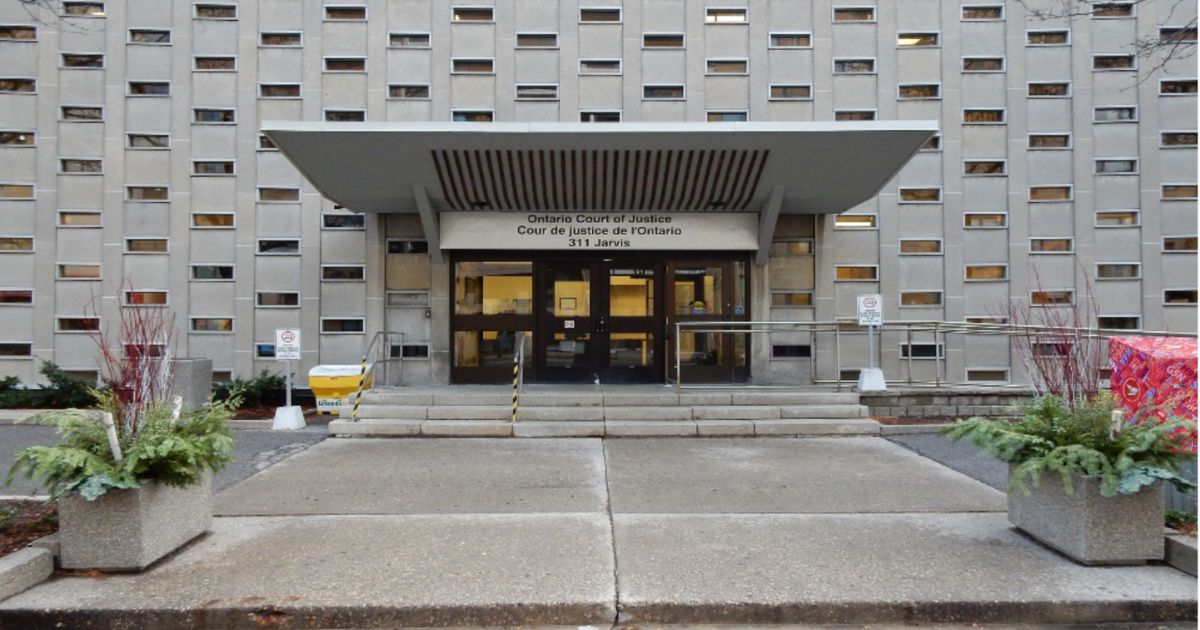
By understanding and employing these courtroom tactics, legal professionals can effectively navigate the complexities of presenting and challenging evidence, ultimately contributing to a fair and just outcome.
Ontario Evidence Act: Conclusion
Mastering the types of evidence and courtroom tactics governed by the Ontario Evidence Act is essential for legal professionals and valuable for the general public. By understanding the intricacies of the legislation, we can better appreciate the use of evidence in the pursuit of justice and how our legal system functions to ensure fair trials.
Whether you are a practicing lawyer, a law student, or simply an individual interested in the legal process, this overview of the Ontario Evidence Act and the various types of evidence and courtroom tactics should be an informative and accessible resource. Stay informed and be prepared for any legal challenges that may come your way.
